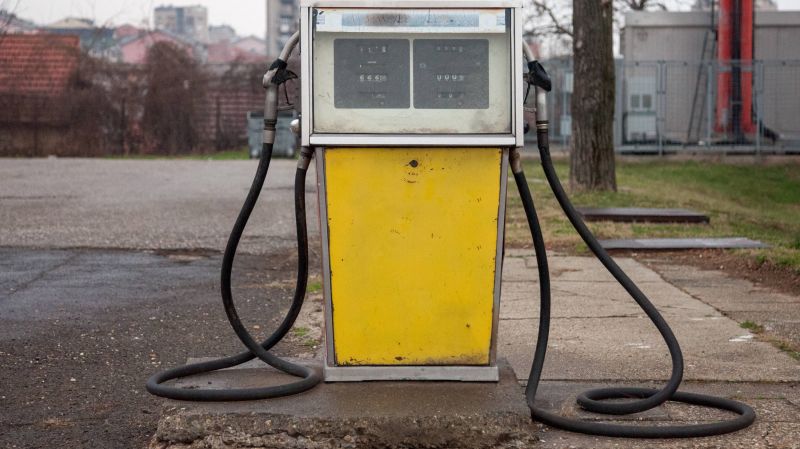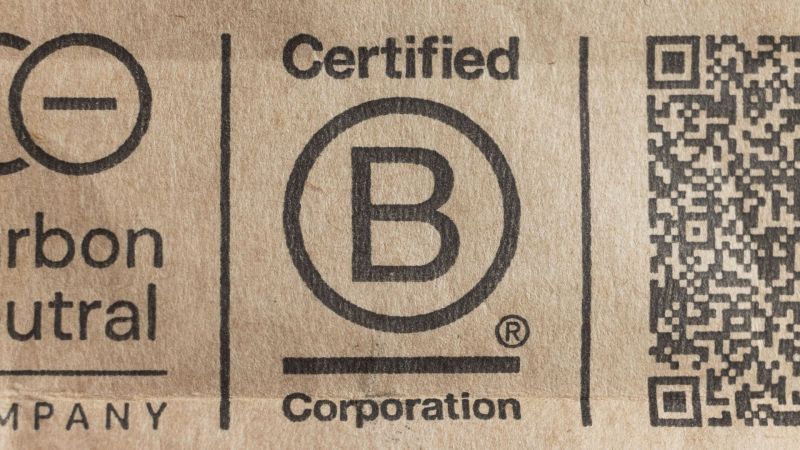Carbon Risk, Green Reward
Capital markets are penalizing firms that are slow to transition to a low-carbon economy. A credible way to measure carbon risk arrives just in time

- Carbon risk is the financial risk to companies associated with the transition to a low-carbon economy and to investors from the impact on the value of equities.
- Researchers developed a straightforward measure of carbon risk and identified industries and countries that are particularly exposed.
- Using this measure, they found “green” firms on average outperform “brown” firms and that valuations of banks and other financial services firms are strongly related to the carbon risk of the firms they finance.
- European countries such as Italy, Spain, and Portugal as well as Japan have lower carbon risk than other regions. South Africa, Brazil, and Canada have the highest carbon risk.
It has taken 30 years since the greenhouse effect entered global consciousness for the concept of carbon risk to finally take hold. Spooked by the looming issue of stranded assets and the introduction of carbon pricing in many countries, business leaders and investors are facing reality: industries that rely on the burning of fossil fuels increasingly will be exposed to higher capital costs, lower growth, and reduced returns on their investments.
Carbon risk is understood to be the financial risk to companies associated with the transition to a low-carbon economy and to investors from the impact on the value of equities.
Carbon risk is already shaping many business and investment decisions. It’s most obvious in the transition to new production methods and products based on clean technologies. A case in point is GM’s painful pivot to autonomous and electrical vehicles. Less obvious is what researchers notice from market behaviour: that equity prices, for example, fall when firms report negative corporate social responsibility news relating to the environment.
“It looks like the markets are slowly picking up on carbon as a risk in capital markets,” says Ryan Riordan, Distinguished Professor of Finance at Smith School of Business, Queen’s University. “As we move to carbon not being free, all of a sudden clean technologies become more viable. And the firms that have all of these investments in clean technologies are doing relatively well in capital markets.”
The Challenge of Valuing Carbon Risk
There are challenges to putting a value on carbon risk. As Riordan points out, basic information on carbon exposure of individual firms is spotty, largely because disclosure is not mandatory. And when the information is available, it is not necessarily standardized. The lack of a credible and standardized method of measuring carbon risk is holding back businesses, investors, and policymakers from taking bold steps.
There is, however, growing body of research in this area, and Riordan’s work is particularly promising. He teamed up with colleagues from the University of Augsburg to study how the market has responded over time to the transition to a greener economy. Out of this research, they developed a straightforward measure of carbon risk, which they call Carbon Beta, and identified industries and countries that are particularly exposed.
To estimate Carbon Beta, they constructed a sample of some 1,600 firms with detailed carbon-related information culled from four environmental, social, and governance (ESG) databases. They categorized firms into “brown” and “green” using a composite measure based on three carbon risk dimensions: the impact of current emissions on firm values; the societal response to perceived emissions; and future carbon emissions and mitigation strategies.
They used this model to estimate Carbon Betas for more than 39,000 firms and to identify the carbon risk of a variety of portfolios, industries, and countries. They came up with a number of intriguing findings.
:: Green firms on average outperform brown firms.
This was particularly evident during the latter years of the sample period (2010 to 2016). Riordan says the performance gap is likely due to “green” firms investing in innovation and cleaner technology, regardless of the industry in which they operate.
“We saw that firms with a low carbon risk score ended up having lower investments in dirty technologies,” he says. “Our intuition is that these firms are signaling to the market that they’re investing in clean technologies, meaning that even if they’re just as exposed to carbon now, they’ll be less exposed to carbon in the future. The capital markets are always discounting from the future to the present.”
:: Valuations of banks and other financial services firms are strongly related to the carbon risk of the firms they finance.
Through their day-to-day operations, banks and financial services firms have limited exposure to carbon risk. Their loan portfolios are another matter. When Riordan and his colleagues factored in banks’ financing of companies with high carbon risk, they found the valuations of these banks are related to the carbon risk of the firms they finance.
“We found that banks that do most of their business in countries with high Carbon Betas also had high Carbon Betas,” he says. “And banks that do business in low carbon risk countries had low Carbon Beta themselves.”
:: Carbon risk is not correlated with GDP.
Looking at the risk exposure of national economies, the researchers found that European countries such as Italy, Spain, and Portugal as well as Japan have lower carbon risk than other regions. South Africa, Brazil, and Canada have the highest Carbon Betas during the sample period.
Riordan says their Carbon Beta tool can be particularly useful for investors. Using it, they can assess the carbon risk in their portfolio and take steps to reduce their exposure to carbon risk. He says their results suggest that investors can mitigate their carbon exposure “without sacrificing exposure to traditional risk factors or industry preferences.”
Riordan, who recently spoke with officials at the Bank of Canada about the research, says regulators and national governments can use carbon risk tools to better target policy and assess the impact of initiatives such as carbon pricing, taxation, or cap-and-trade within an industry or for the entire economy.
“It's horrible that [Ontario] cancelled the cap-and-trade system. Cap-and-trade is a wonderful way to use capital markets to make investment decisions”
The principle sounds great but, as Riordan acknowledges, countries are not necessarily pulling in the same direction when it comes to transitioning to a low-carbon economy. Canada provides a sobering example. The Ontario government recently cancelled its cap-and-trade system and pledged to fight the federal government’s carbon pricing plan.
“It's horrible that the province cancelled the cap-and-trade system,” says Riordan. “Cap-and-trade is a wonderful way to use capital markets to make investment decisions because it allows firms themselves to decide which investments they should make to mitigate carbon.”
He adds, “If someone dumped a ton of raw sewage on your street and said, ‘This isn't priced, we’re just going to drop it here and we don't have to pay for this stuff,’ people would quickly want to come up with a solution.”
—Alan Morantz
This research was conducted with Maximilian Görgen, Andrea Jacob, Martin Nerlinger, Martin Rohleder, Marco Wilkens, all of University of Augsburg.





